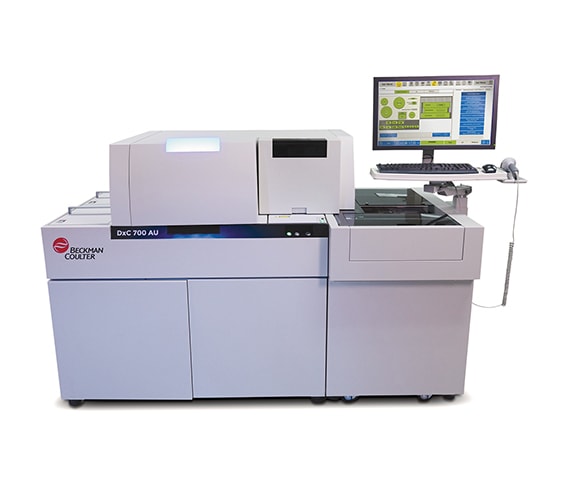Where Do Bile Acids Come From?
Bile acids are released from the liver into the small intestine via the bile duct during intestinal contraction. Total Bile Acids are metabolized in the liver and serve as a marker for liver function. Serum total bile acids are increased in patients with acute hepatitis, chronic hepatitis, liver sclerosis and liver cancer.1
Testing for Increased Levels of Bile Acid
In the presence of Thio-NAD, the enzyme 3-α-hydroxysteroid dehydrogenase (3α-HSD) converts bile acids to 3-keto steroids and Thio-NADH. The reaction is reversible, and 3α-HSD can convert 3-keto steroids and Thio-NADH to bile acids and Thio-NAD. In the presence of excess NADH, enzyme cycling occurs efficiently and the rate of formation of Thio-NADH is determined by measuring specific change of absorbance at 410 nm.
The Total Bile Acids Liquid Assay:
- Features liquid, ready-to-use reagents, providing more flexible, immediate and easy use
- Is a 5th generation assay which provides improved analytical performance with reduced instrument contamination from formazan dye
- Can perform on low sample volume, allowing for use with pediatric patients
- Has a reagent onboard stability of 28 days
- Has a calibration stability of 28 days
 English
English






